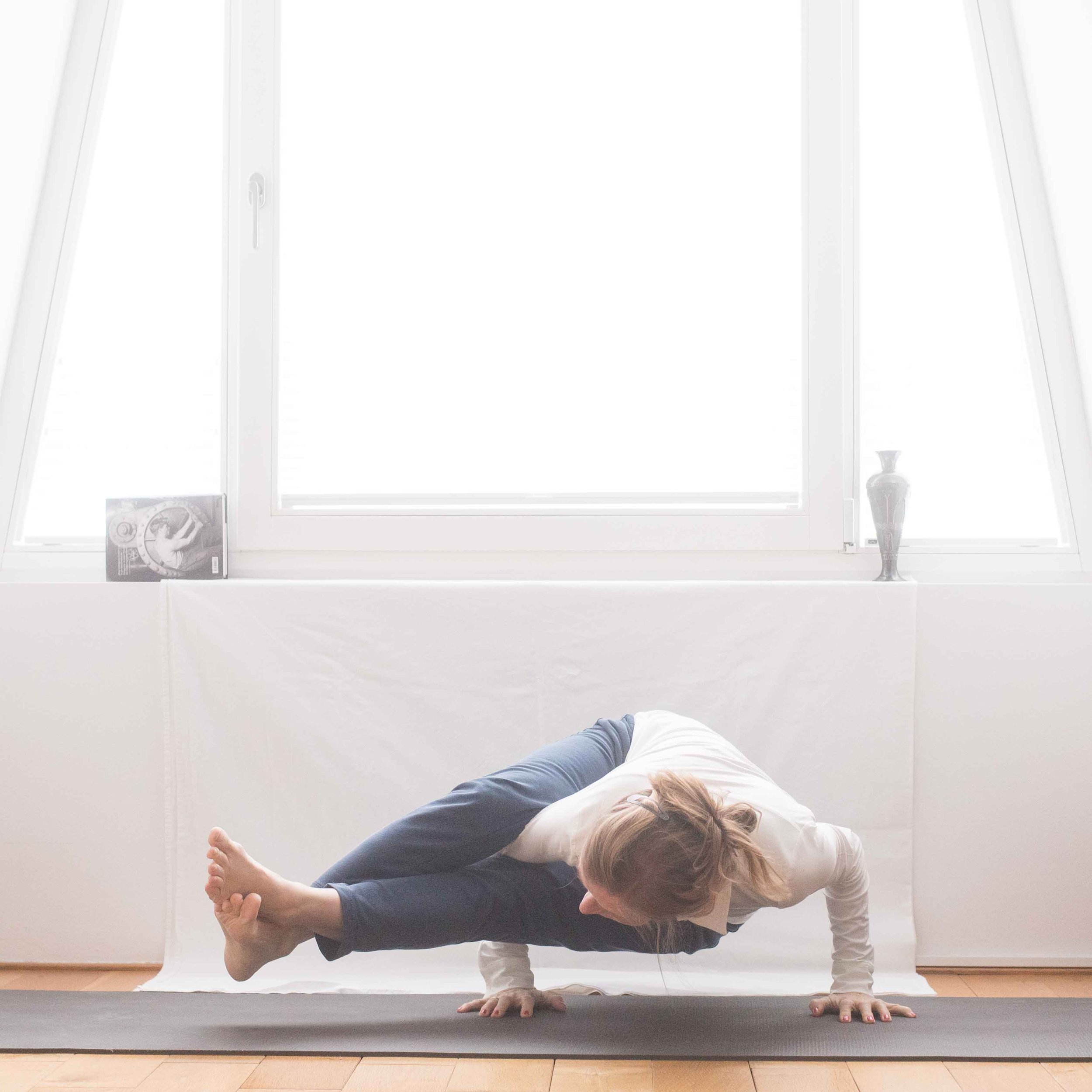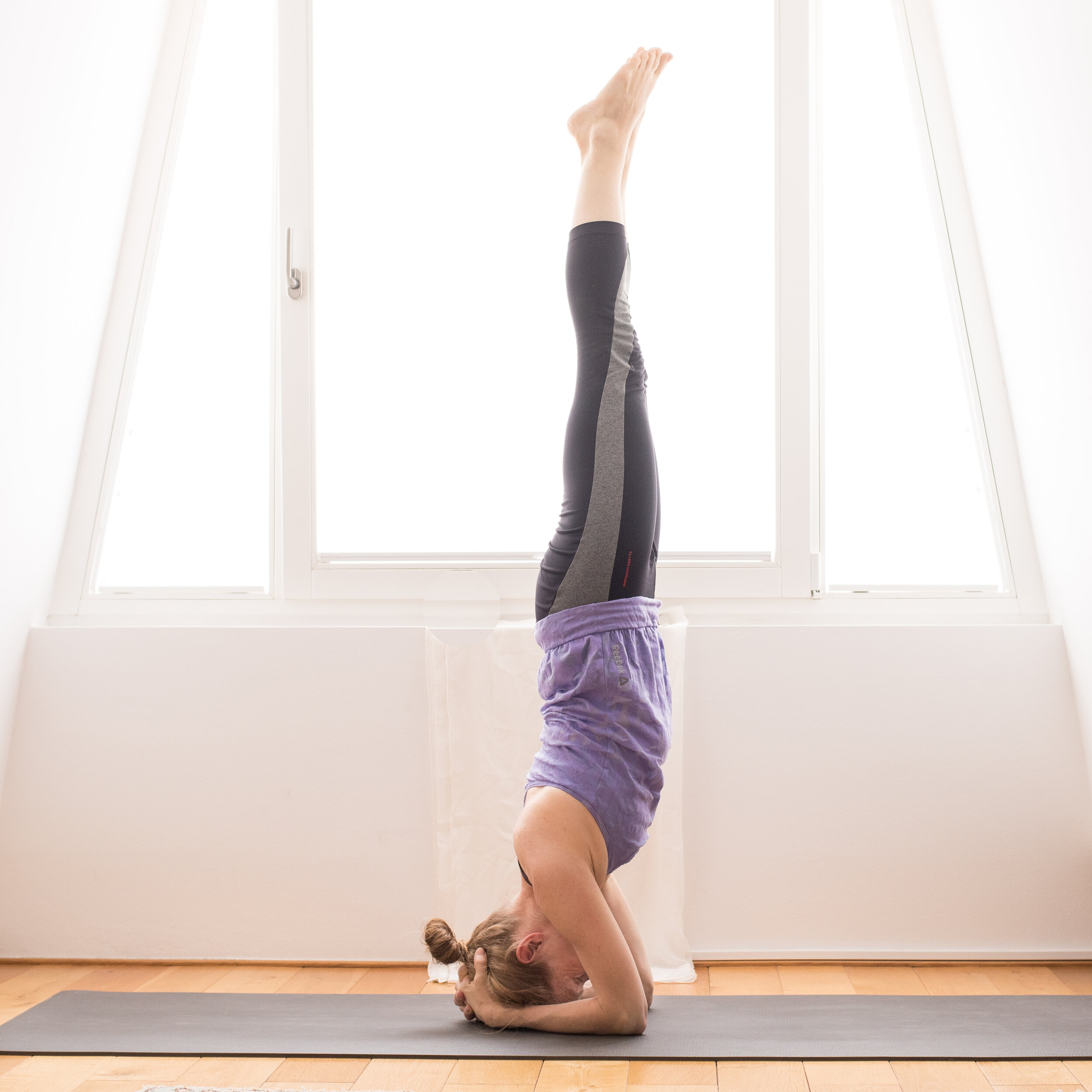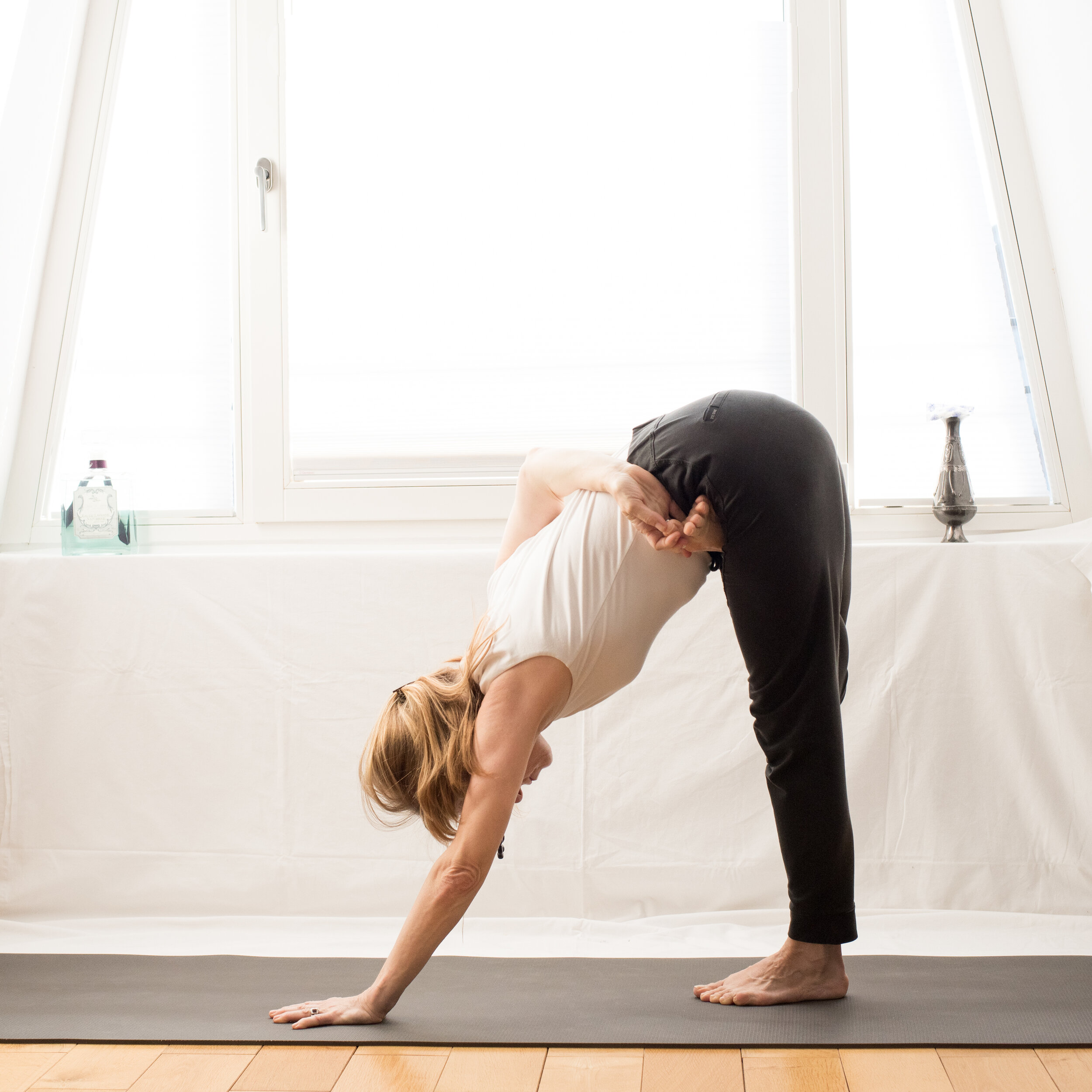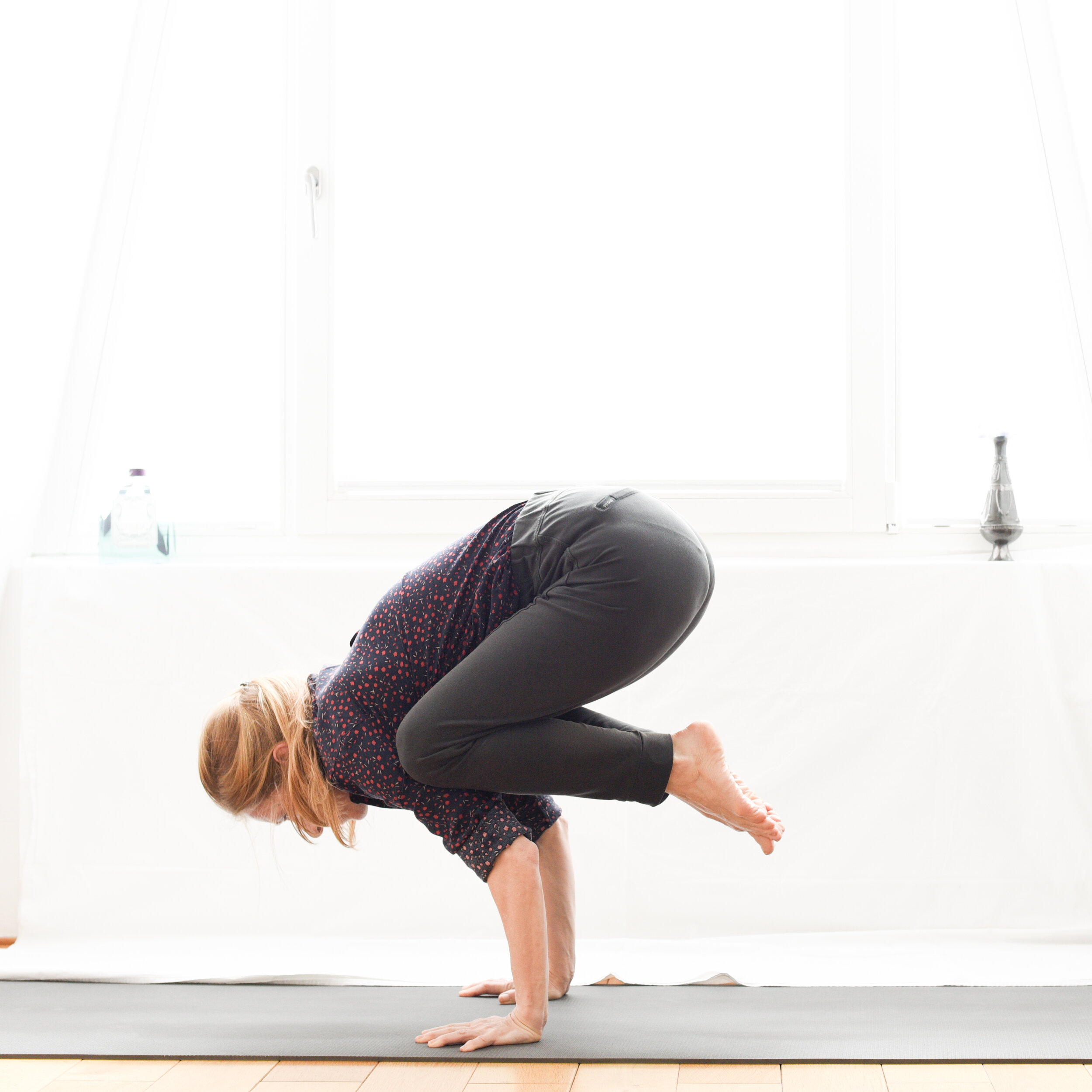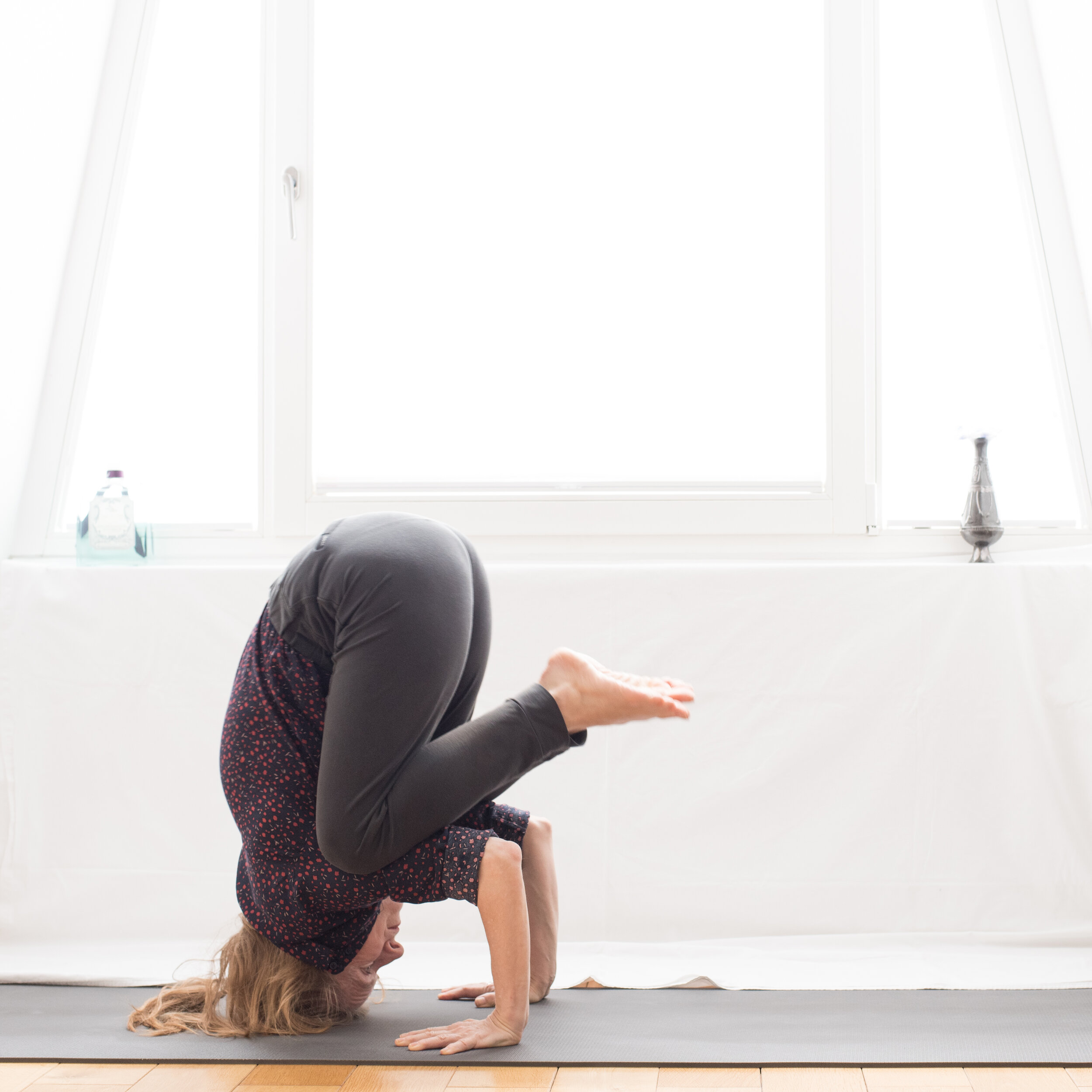When we come into this world, we cannot balance at all. As babies we mainly lie on our backs. It takes some time till we can sit. Then we crawl. I guess it’s curiosity that we want to learn to walk. Usually we find furniture that supports us in the adventure to come to a standing position. The next milestone is to take steps without getting held by someone and without leaning against a chair or sofa or what ever. This is the time when these little human beings fall a lot. And they stand up again. They usually remember how to crawl to a furniture when on the floor. This helps to stand up again. Sometimes it also helps to scream as loud as possible to get help from a grown-up person.
To be in a standing position means that we have learned to balance. This is not easy and usually a little child has to exercise it rather often. She falls, she stands up again, she falls and with each time she becomes more experienced and stronger. The sense of balance gets trained.
What I learn from this process of learning how to walk in the very beginning of everyone’s life is:
Exercise this skill as often as possible.
Get stronger.
Get more experienced.
Learn to fall and stand up again.
Develop the sense of balance.
Being able to walk is the first condition to see the world alone.
For many people, who are so lucky to get older and older it also means that they lose the ability to walk on their own. They need walking frames. Some cannot walk at all anymore. They live their lives in bed. Some older people fall, injure themselves and then they become so afraid of falling again that it becomes a limitation. They are afraid to get out. Falling becomes more likely as a result, because they get weaker. Many people don’t know anymore how to stand up when on the floor. They often have to wait till someone finds them. Physical therapist teach older people how to stand up from the floor when they fell. Some consider this as humiliation, but it’s not.
I know that I’ve not defined what ‘older people’ is. It also differs. There is the age that counts the years that we’re on this globe and there is the biological age. Some are like 40 with 60. Others are like 80. Some are dead already.
No matter how old we get, we can do something so that life won’t aggravate as it would if we’d done nothing. An improvement is always possible. We’ll get weaker when we get older, but we can do strength training i.e.
I found yoga for myself. Here we go. There are endless possibilities to stay strong, to balance, to learn how to get up when on the floor.
Yoga has a lot of balancing asanas:
All standing asanas are balancing asanas as I described it in the beginning of this blog. Just to stand is a balancing challenge, we’re only so used to it, that we forgot that we balance. We yogini also learn to be on our heads or to balance on our hands. There is always a progression.
Balancing means:
Develop strength.
Exercise to balance, develop experience and your sense of balance.
Learn to fall and learn to stand up. Safely.
Engage your abdomen.
Breathe evenly.
Be courageous.
Many balancing asanas are a combination of balancing and forward bending or back bending, even twists.
Being able to do sirsasana gives self-confidence. When doing a balancing asana we conquered the fear to fall. That’s something.
Primary Ashtanga Yoga has some nice balancing asanas. They deserve their own posts.
Keep walking. It means independence.


